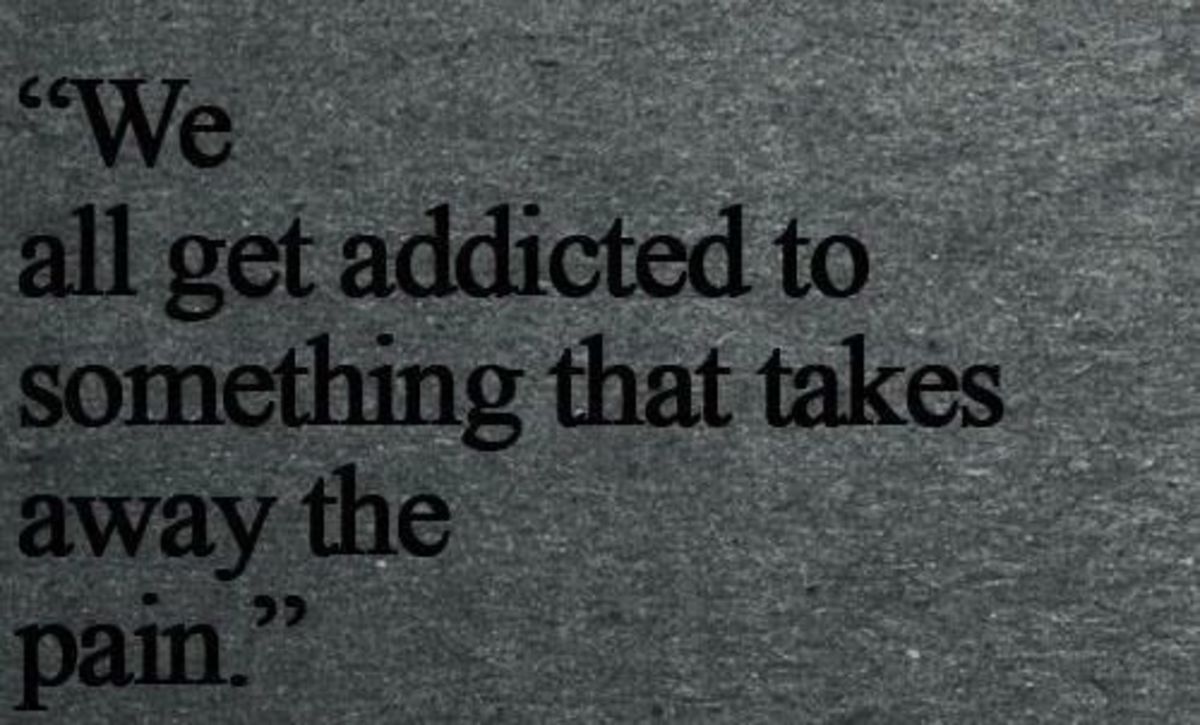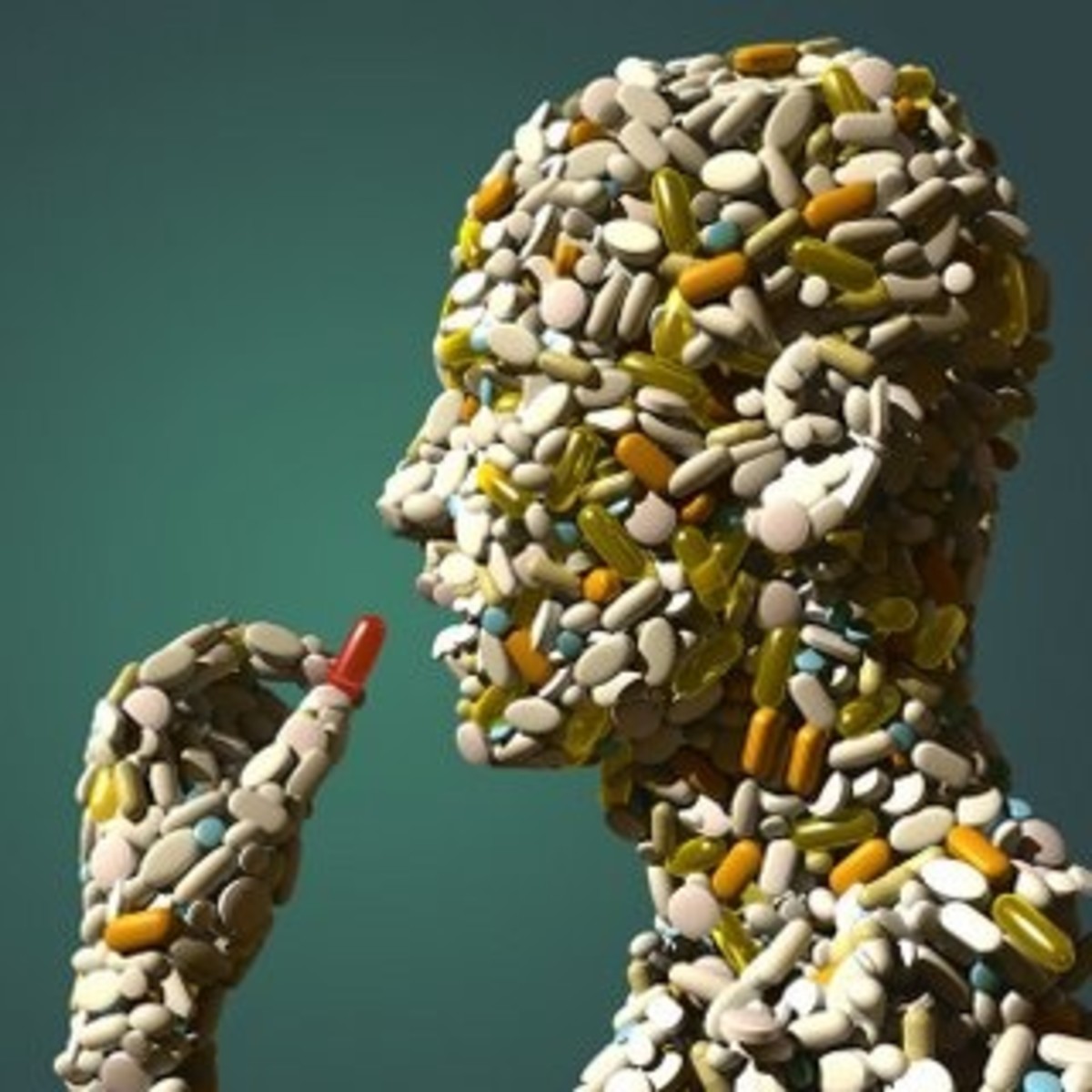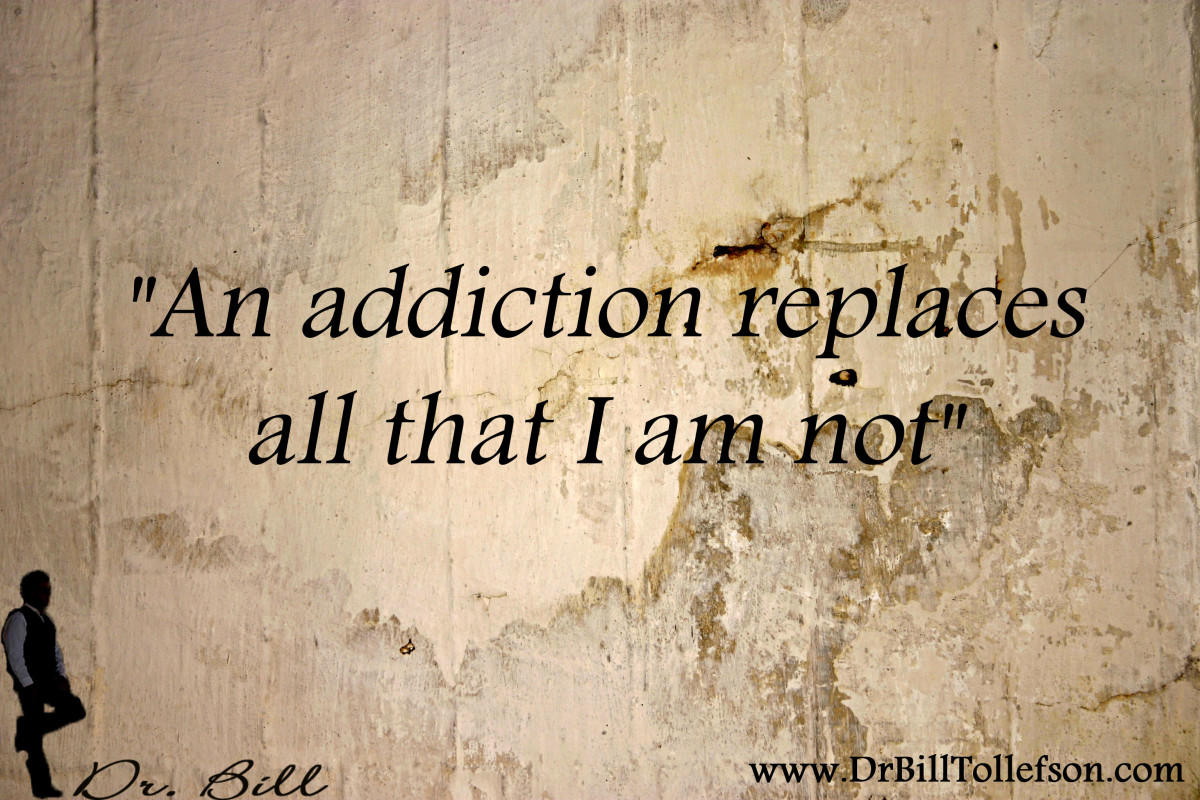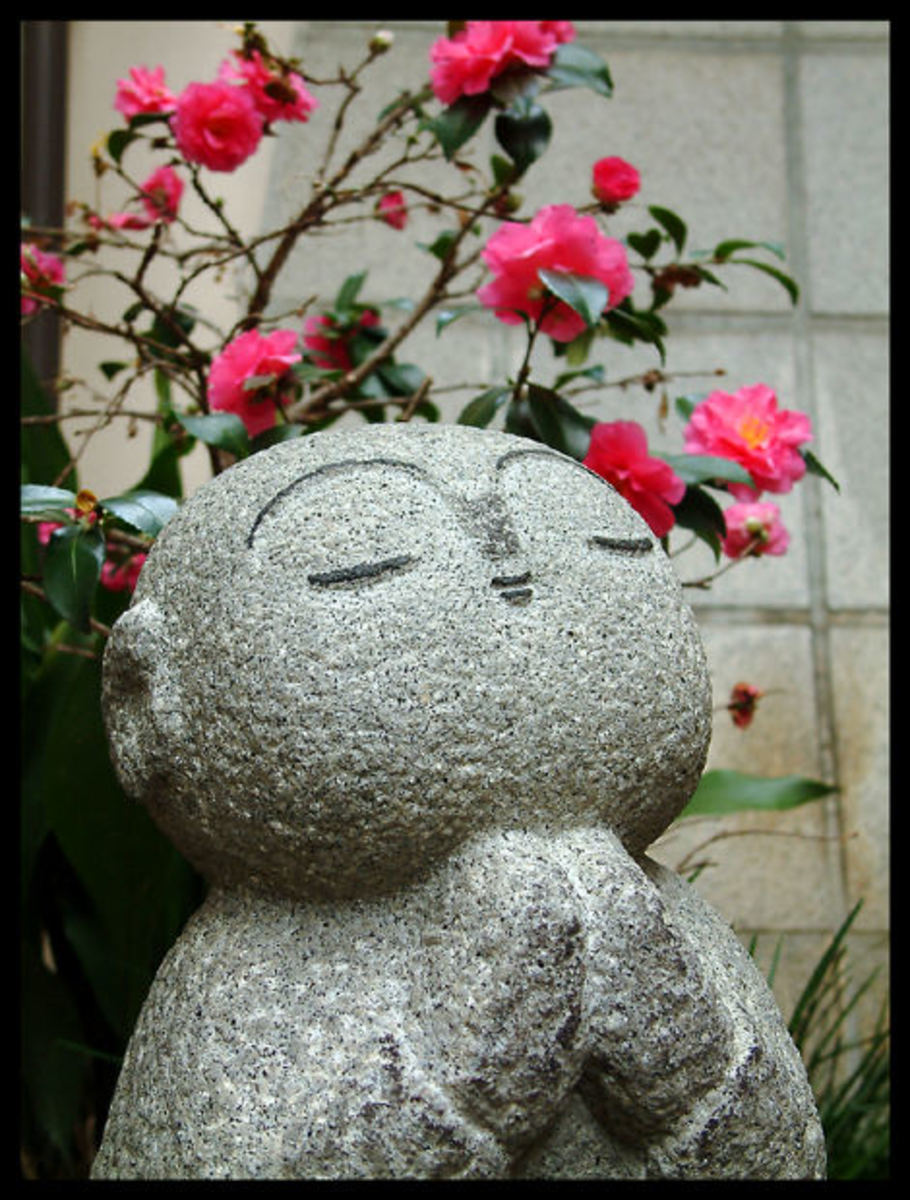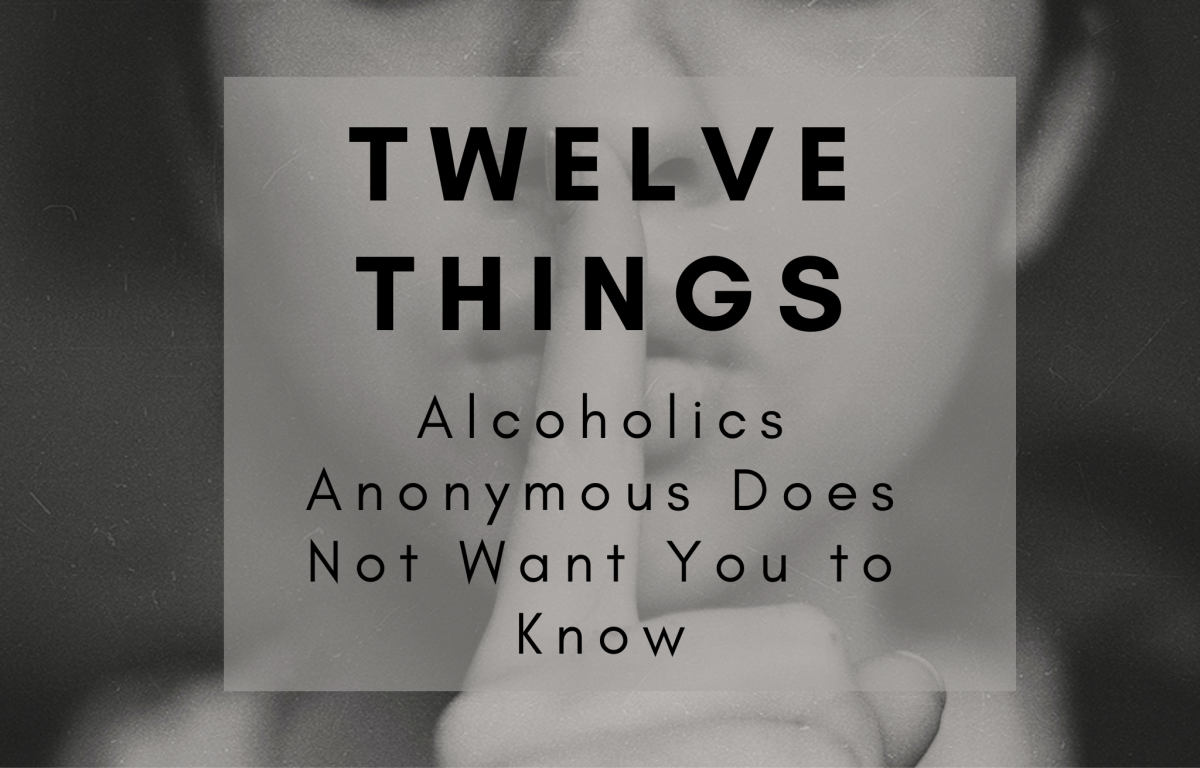Am I Addicted? 6 Non-Clinical Components that help Determine Addiction
Addiction Impacts Youth through the Elderly of every Gender and Ethnic Background

Determining Addiciton
Does not require a psychological or psychiatric evaluation or assessment. Although there are standardized clinical tools that many professionals use, an individual can determine whether or not their activity has gone from problem to addiction by using the non-clinical components in this article.
Being on the front lines of addiction daily,I refer often to these components as they provide a reader friendly means of understanding the nature of ones condition. The information in this article can be used to personally determine how serious the use of a substance or activity is for an individual, and should be considered an excellent tool. Most important, this article may provide readers in crisis or denial the clarity needed, and the push to get help.

Addiction Components
Salience Salience is when the activity becomes the single most important thing in life. This does not mean that an individual does not work, maintain a family etc., but rather life evolves around ones activity, and prioritizes it around other responsibilities that should come first. With salience, and regardless of vice, the individual often strategizes and manipulates their schedule and time to accommodate their needs; and thoughts of getting their fix are more prevalent than thoughts on responsibilities one should be adhering to.
Mood Modification/Swings When a persons mood is altered (good or bad) because of the activity, or lack of. With addiction, an individual will experience significant mood swings related directly to the activity or vice. The person often displays a more pleasant mood with anticipation of, or knowing activity is certain to occur. An irritated or a short-tempered mood is shown when the person is unable to get their fix, or during periods of loss or abstinence.
Tolerance When a person develops tolerance, more time and/or money are invested in order to get the desired effect. In other words, a person will develop a tolerance to the dose, and requires more and more to maintain the effect. An individual who is addicted to something is unable to set limits, or responsibly participate in the activity. As the addiction progresses, tolerance increases, and the individual finds themselves in a vicious cycle with control lost.
Conflict An addicted individual develops intense conflict within oneself, and with those he or she is close to because of the activity. Arguments with loved ones and relationship conflicts are prevalent. Conflicts with work, school, and other responsibilities are also present.
Withdrawal When an individual is unable to get their fix, they will experience symptoms of withdrawal. Depending on the vice, withdrawal symptoms can range from emotional to physical, mild to severe. Some symptoms may include physical pain, shakes, anxiety and flu-like symptoms, tightening of the chest, and stomach discomfort. Signs of depression and dissatisfaction with life also flare as a symptom.
Relapse Relapse happens when an individual makes unsuccessful, repeated attempts to stop or cut back on the activity, only to return to destructive use. Relapses often result in intensified, more destructive cycles and binges.
If these six components are simultaneously present due to any activity or use, it is safe to indicate that the situation has shifted from being a problem, to being an addiction, and help should be considered immediately.
Developed by Dr. Mark Griffiths and used by many professionals this non-clinical guideline helps determine addiction.
Gambling Addiction is a Rapidly Increasing Effecting our Youth through the Elderly

Common Addictive Activities
Although most associate addiction with drugs, alcohol, and gambling, there are many activities that are considered addictive because of the effects created. Putting things into perspective, I like to explain to individuals that people don't actually get addicted to things, but rather to the effects of those things.
- Drugs
- Alcohol
- Gambling
- Sex
- Work
- Exercise
- Food
These activities all provide escape, reward, pleasure, risk, and relief for many who use them. Addiction would not exist without a reason to return to the activity with no regard to oneself, loved ones, and with serious negative consequences mounting. The reason is the effects. Although there are many factors as to why addiction happens, a large factor that must be considered but is often neglected is the emotional illness dynamic. In other words, those addicted to any of the above are so because the effects satisfy an underlying emotional need.
It's time we understand that addiction is an Emotional Illness, not a Mental Illness. An Emotional Illness that has negative consequences, and causes mental disturbances.

